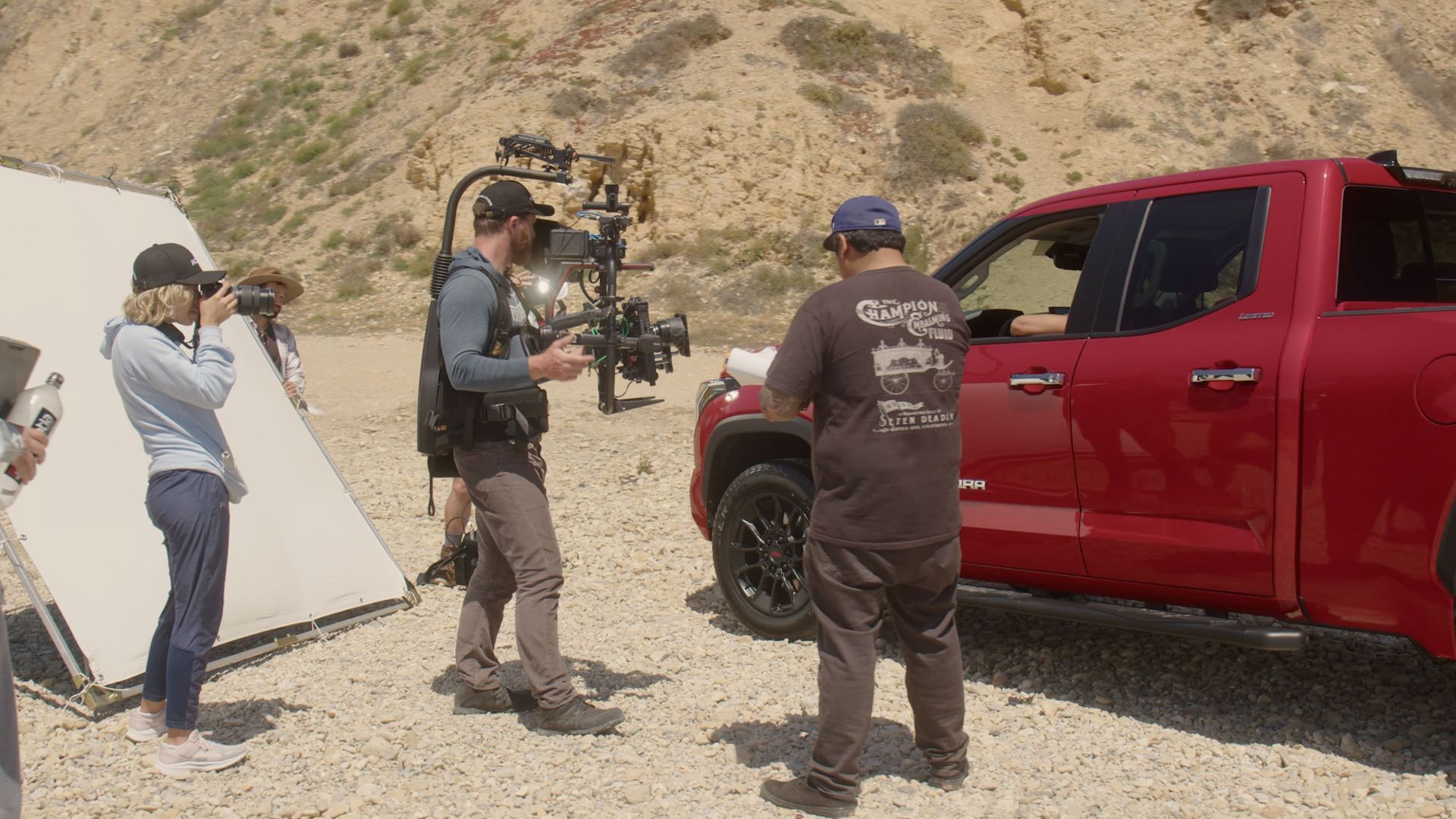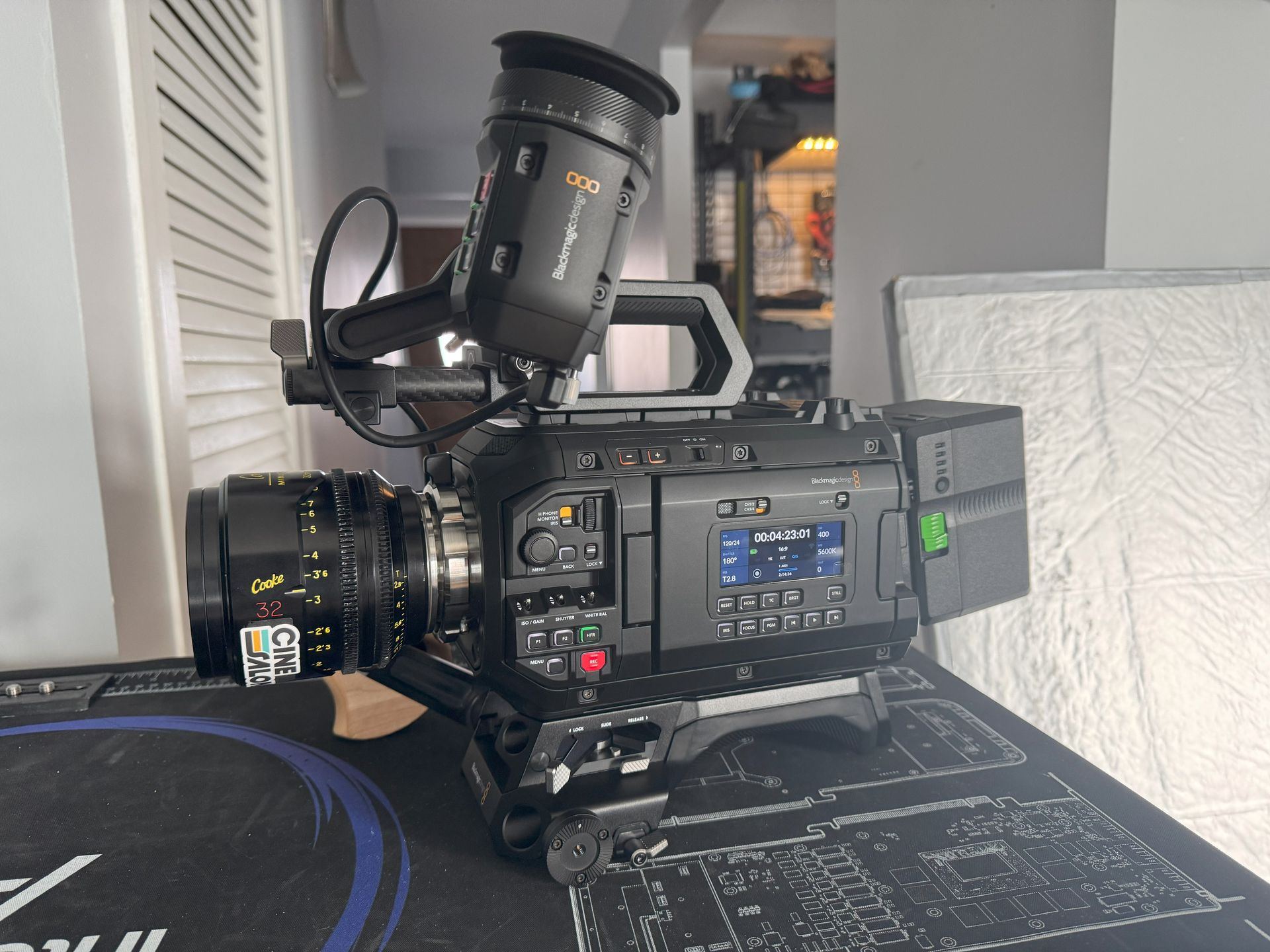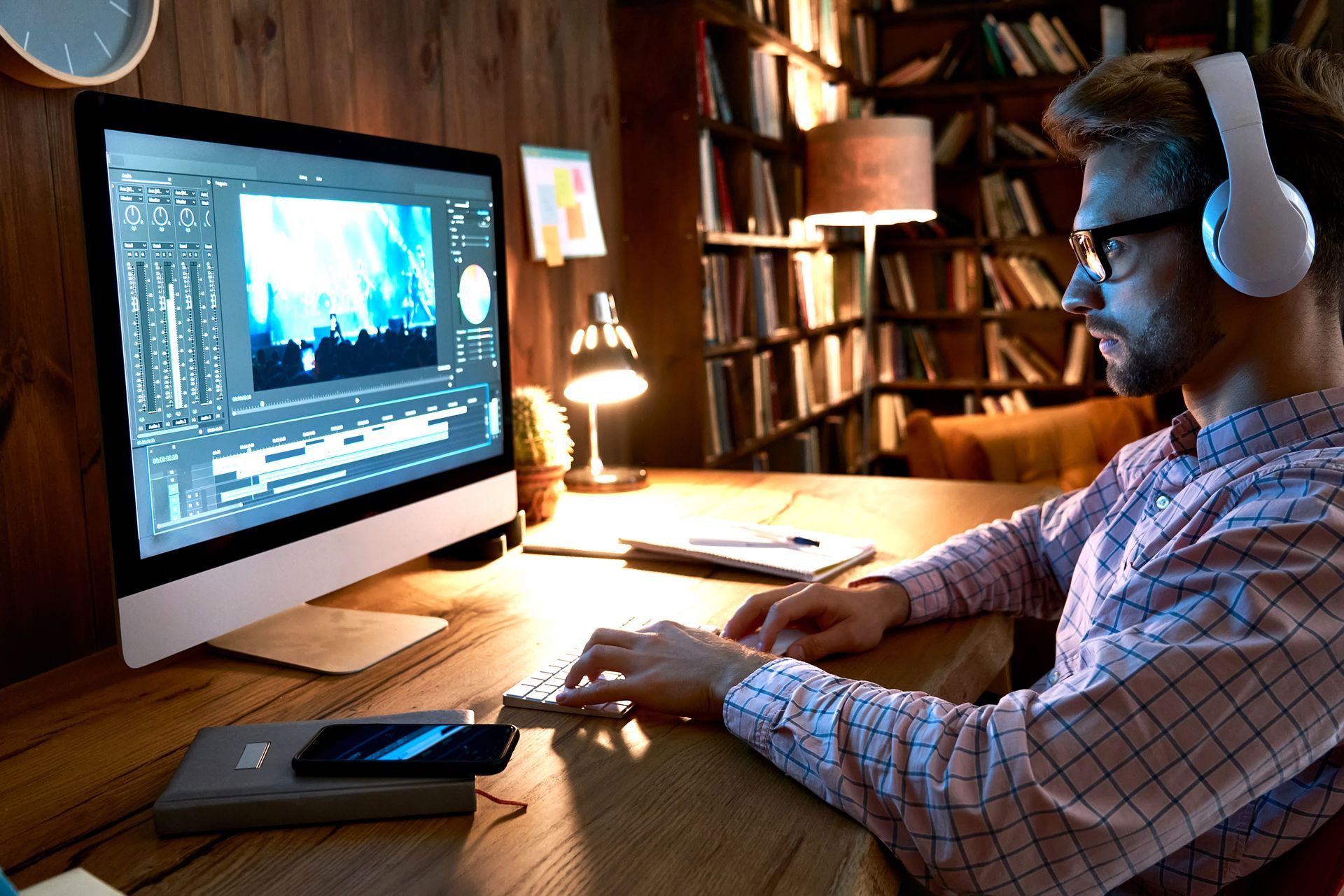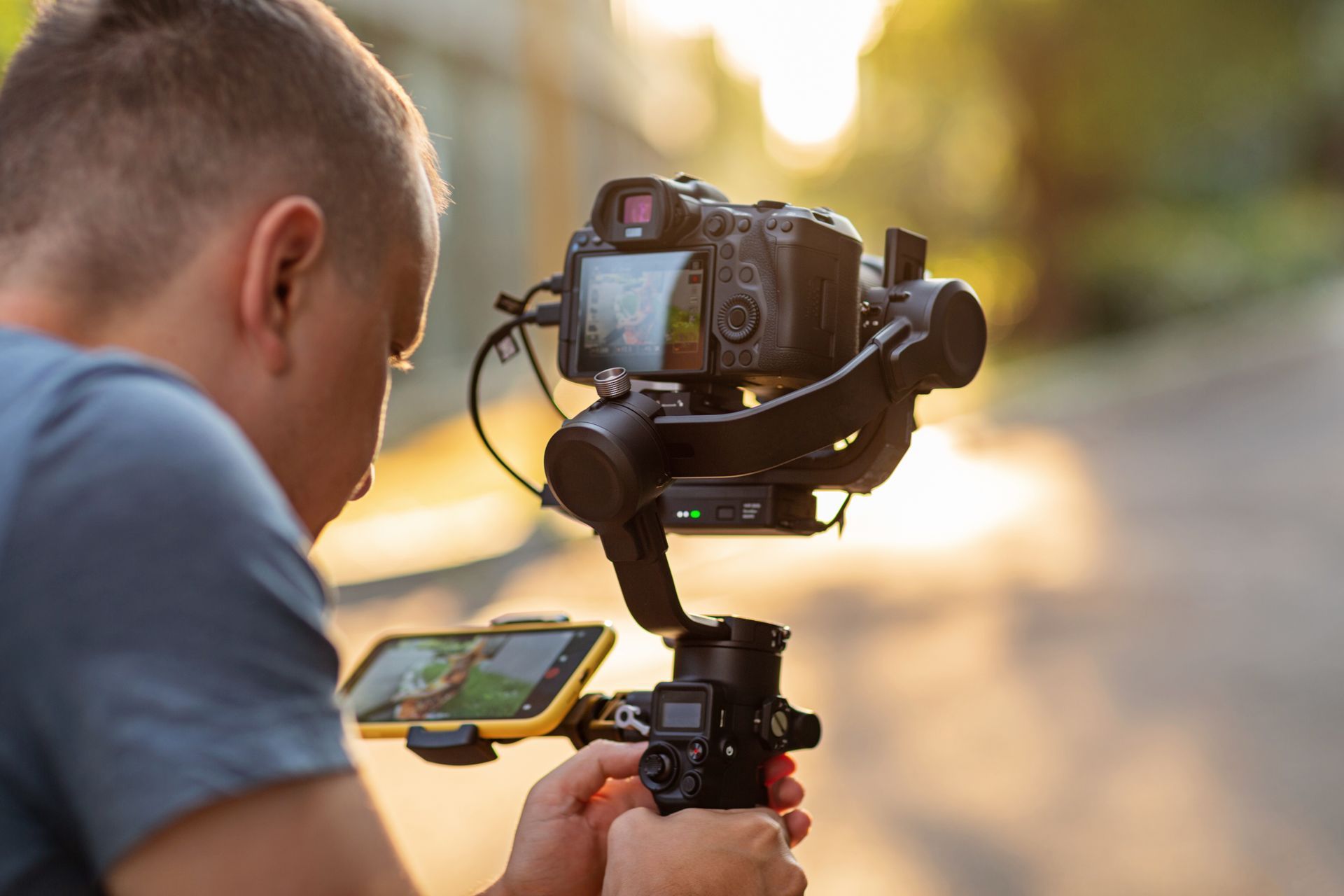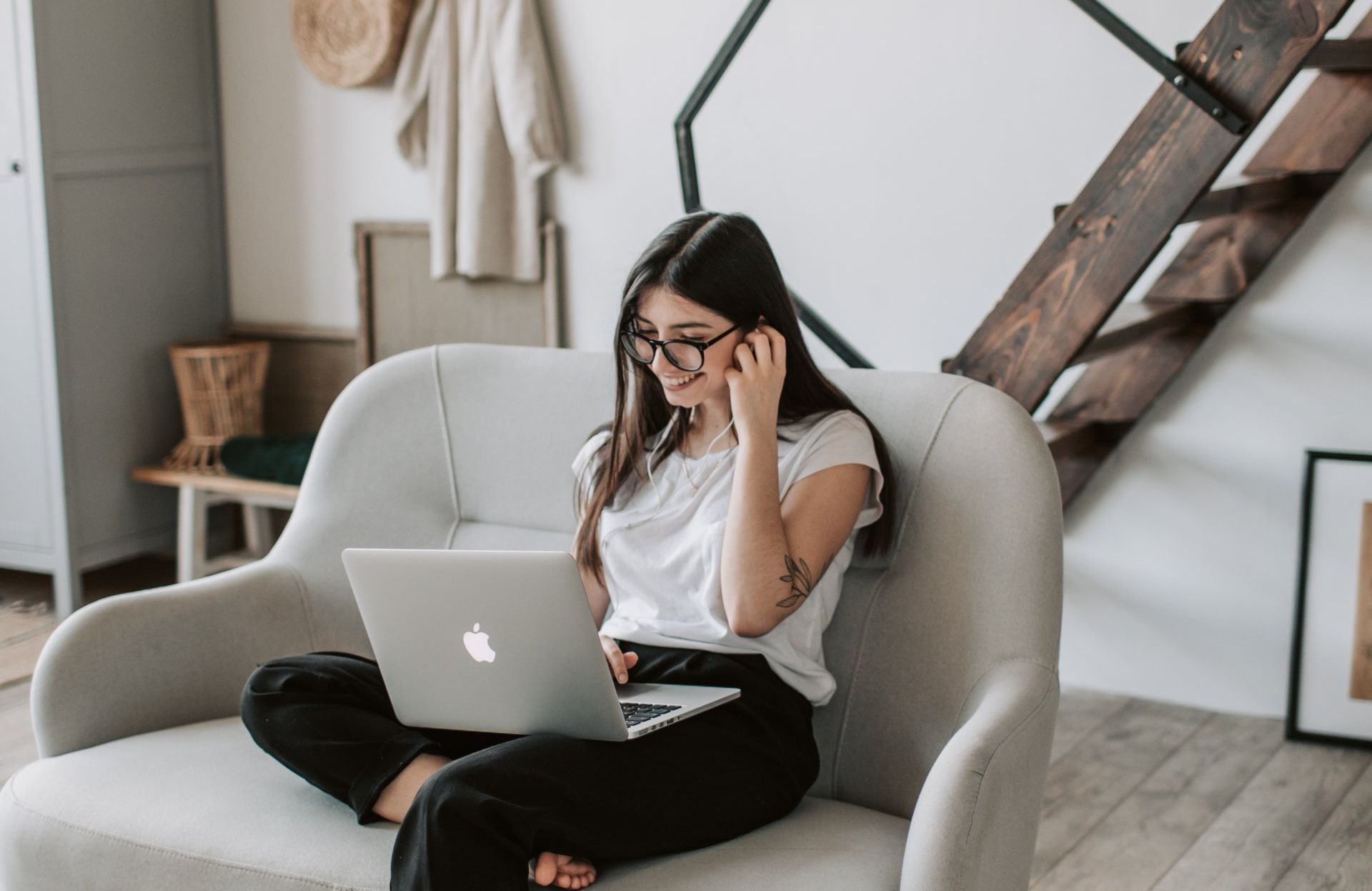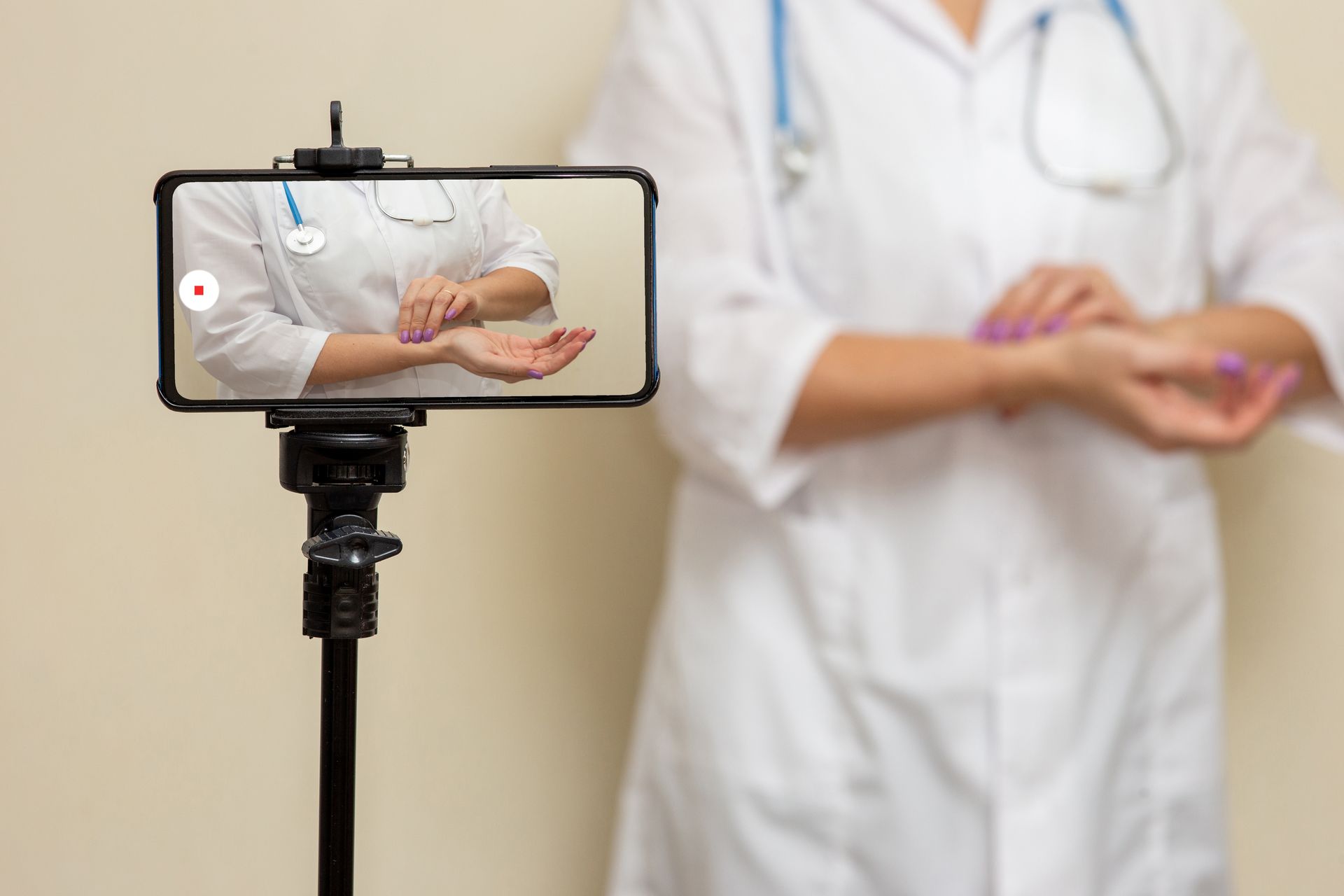
For filmmaking, smartphones are among the best tools to use. This is because they have good cameras and they do not require much expensive equipment. They make it easy for you to record videos wherever and whenever. Plus, they cost less than regular movie cameras.
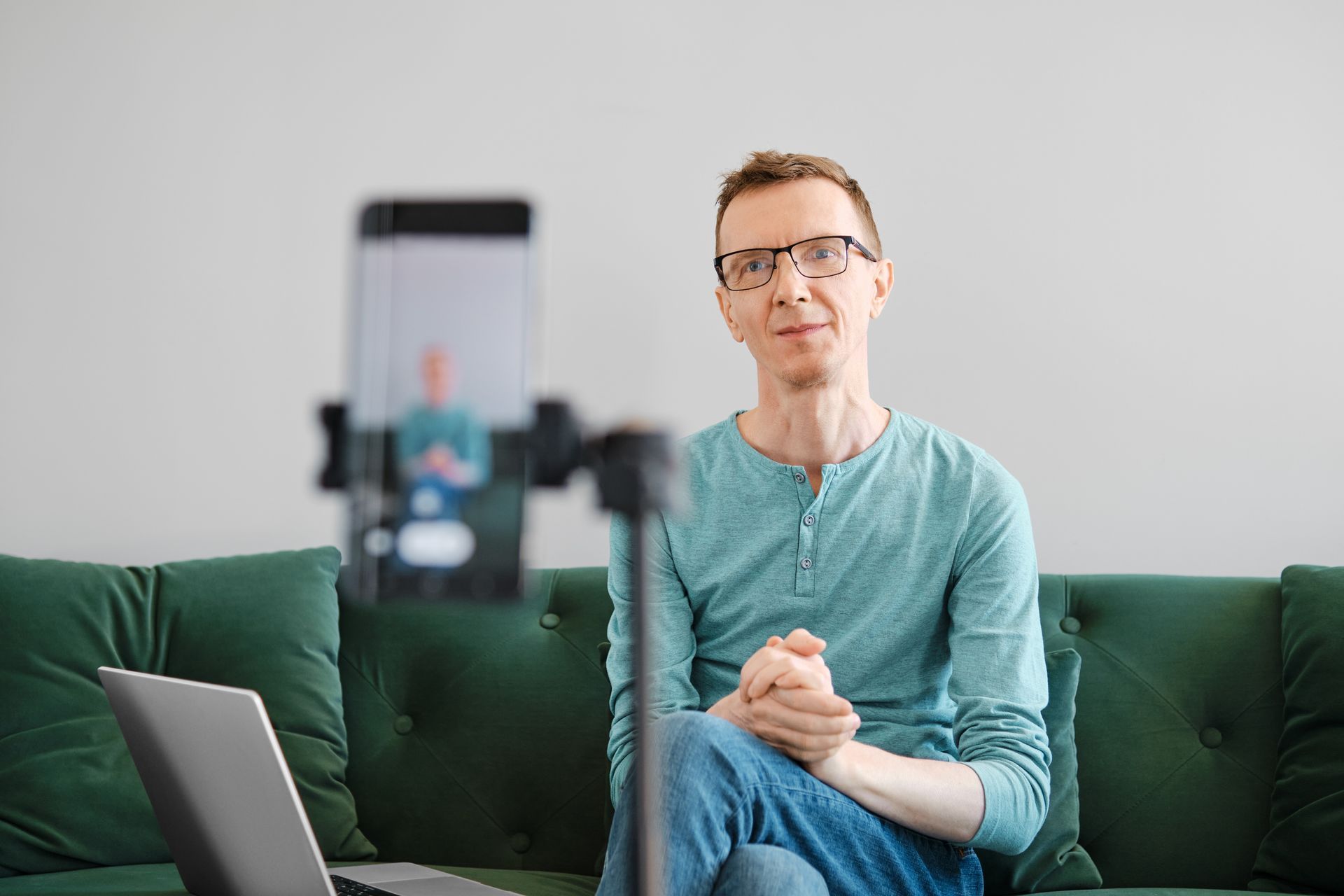
What Makes Cell Phone Videography So Cool?
- They evolved- Smartphone cameras got better over time. Nowadays, they take excellent pictures and videos.
- Easy to carry around- You can bring your phone everywhere without worrying about taking heavy stuff.
- Saves money- Buying a new phone is cheaper than buying a big movie camera.
Why People Love It
Using a smartphone to shoot videos has many benefits. For one thing, it's super convenient. And secondly, it costs little. That means anyone can do it.
Here are some reasons why people love cell phone videography:
- It's portable: You can film wherever you go. There is no need to lug around bulky equipment.
- Affordable: A smartphone costs way less than a pro camera.
Benefits of Cell Phone videography
Using a smartphone to make videos offers several benefits:
It is convenient- You can capture moments anytime, anywhere. You don't need extra gear or planning.
Low cost- Compared to traditional cameras, smartphones are affordable. This makes it possible for everyone to try video creation.
Creativity- Smartphones let you express yourself creatively. You can edit and add effects right away.
Sharing- Once you finish a video, you can share it quickly with others via video social media platforms or email.
Learning- Many schools teach video production using smartphones. This helps students develop technical and creative skills.
Organization- Apps on smartphones help you manage schedules, notes, and reminders. These tools can help you stay focused on your project.
Communication- With a smartphone, you can connect with others during the video process. You can ask for advice or share ideas.
Fun- Smartphones encourage spontaneous, casual video-making. This lets you enjoy the process and explore your imagination.
In summary, smartphones offer video creation flexibility, affordability, and creativity. They also support learning, organization, communication, and fun.
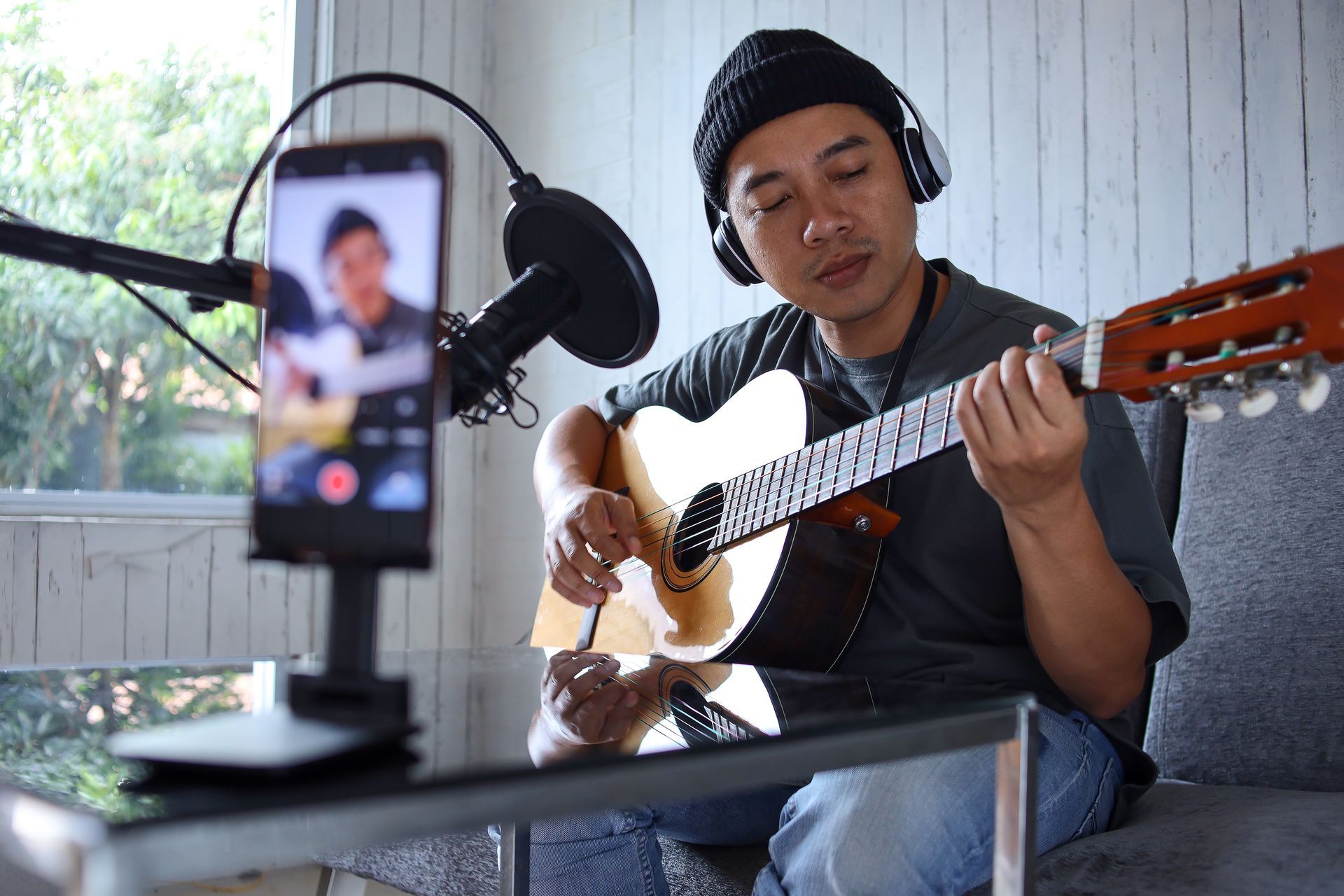
Types of Equipment Needed for Cell Phone Videography
Camera
Some phones come with excellent cameras already installed. But if yours could be better, you could buy another phone with a better camera. Or you could attach a lens to your current phone to improve picture quality.
Tripod
A tripod holds your phone steady while you film. This keeps your video from looking blurry or wobbly. There are cheap ones online or at stores.
Stabilizer
Like a tripod but smaller. It attaches to your phone and keeps it still when you move around. Great for action scenes!
External Microphone
Most phones have tiny speakers inside. But sometimes, they need to be louder. An external mic plugs into your phone and records more audible sounds.
Lighting
Good lighting makes your video look bright and clear. You can use natural sunlight or indoor lights. You can also buy small lights designed for taking photos or videos.
These items will help you create better videos. As you learn more about videography, you may invest in fancier equipment. But for now, focus on getting comfortable with the basics.
Budget-friendly Options for Beginners in Cellphone Videography
Various free apps allow you to edit videos—type “video editor” into your app store’s search bar.
Cheap microphones
Instead of spending thousands of dollars on a fancy microphone, getting good ones for between fifty and seventy dollars is possible. Look for mics explicitly made for smartphones.
DIY light
In any case, natural light usually looks better. Nevertheless, use things like table lamps or Christmas lights around the house if you need more light. Just make sure there are no shadows on your face.
Second-hand gear
Check out websites where people sell their used equipment. Sometimes, you can find excellent deals on gently used tripods, lenses, etc.
Rentals
Some places rent out photography stuff; call in advance to see what is available for smartphone videography there.
Remember, expensive equipment is optional to make great videos. Start with what you have and slowly upgrade as you gain experience and confidence in your video-making skills.
Camera Settings
When shooting videos using your mobile phone, keep these camera settings in mind:
ISO
Imagine ISO as your camera's night vision; low ISOs (such as 100) are best suited for sunny days since they maintain clarity in recordings, while higher ISOs (e.g., 800) may be used indoors when lighting conditions are poorer.
White Balance
White balance corrects any color cast present in photos. Sunlight has a warm color, while fluorescent light is excellent. This feature helps the camera shot to show colors correctly.
Resolution
The clearness and sharpness of the video are what resolution means. Higher resolutions, such as 4K, give detailed images but consume more space in a file.
Focus
You can manually set the focus of some phones when shooting videos. This feature is handy when focusing on one subject or blurred background effects.
Exposure
Exposure settings control whether a video appears too bright or dark. You can adjust this setting so that your video is well-lit and balanced, especially under challenging light situations.
Understanding and playing around with these settings on your phone allows you to take better videos in any situation - outside on a sunny day or inside under artificial lights.
Using third-party apps to improve the video quality
To make smartphone videos even better, additional camera settings can be explored, and third-party apps can be used for greater control:
Focus
Adjust the focus of your video manually to bring out particular subjects or for artistic effects.
Exposure
Adjust the exposure settings by increasing or decreasing your video's light or dark appearance. This will ensure well-lit and balanced videos, especially when lighting is challenging.
Using applications like FiLMiC Pro and Open Camera can provide better controls over these settings, enabling you to fine-tune your videos for professional results.

Stabilization
Ways of Making Shots Steady
Keep Phone Steady Before Shooting: Keep your phone steady before beginning shooting.
Tripod: A tripod will help keep your phone steady when shooting.
Gimbal: As you move, a gimbal keeps your phone stable.
Leaning Against Object: Lean against a wall or solid surface to keep shots steady.
Slow Movement: When panning or tilting, move your camera slowly and smoothly so there are no sudden jerks during motion.
Benefits of Stabilization
Preventing Viewers from Feeling Sick due to Shaky Footage: Stabilization smooths the videos by minimizing unwanted movements and shakes.
Looks Professional: Stabilized videos have a more polished and professional appearance than shaky ones.
Viewer Discomfort Prevention: The footage should be shaky as this can make the viewer uncomfortable, leading to reduced levels of involvement.
Limitations and Tips for Maximizing Built-in Stabilization Effectiveness
Steady Phone Before Recording: To optimize stability, check if the phone is stable before recording.
Don’t Zoom or Move Fast: Built-in stabilization can be negatively impacted by zooming or quick movements.
Well-Lit Areas for Recording: Built-in stabilization can be hampered by low light, so record in well-illuminated surroundings.
Change Settings: Make sure stabilization features are on; check your phone settings.
Audio Recording
Speak Loudly and Clearly: The recording should be loud enough with a straightforward, audible sound.
Minimize Background Noise: Choose quiet places while shooting to reduce background noise. This ensures that you only capture your voice or any other prominent sound.
Positioning: Keep your mobile device close enough to the sound source, whether it’s your voice or any other sound you’re capturing. This way, you will get better audio without having too much extra noise picked up.
Use External Microphones: For better audio quality, think about using external microphones, which come in different types that can considerably improve the quality of sound captured by your smartphone.
Avoid Distractions: Record when there aren’t any distractions like loud conversations, traffic noise, or other sounds interfering with your shoot. Therefore, it gives tidier and more professional audio results.
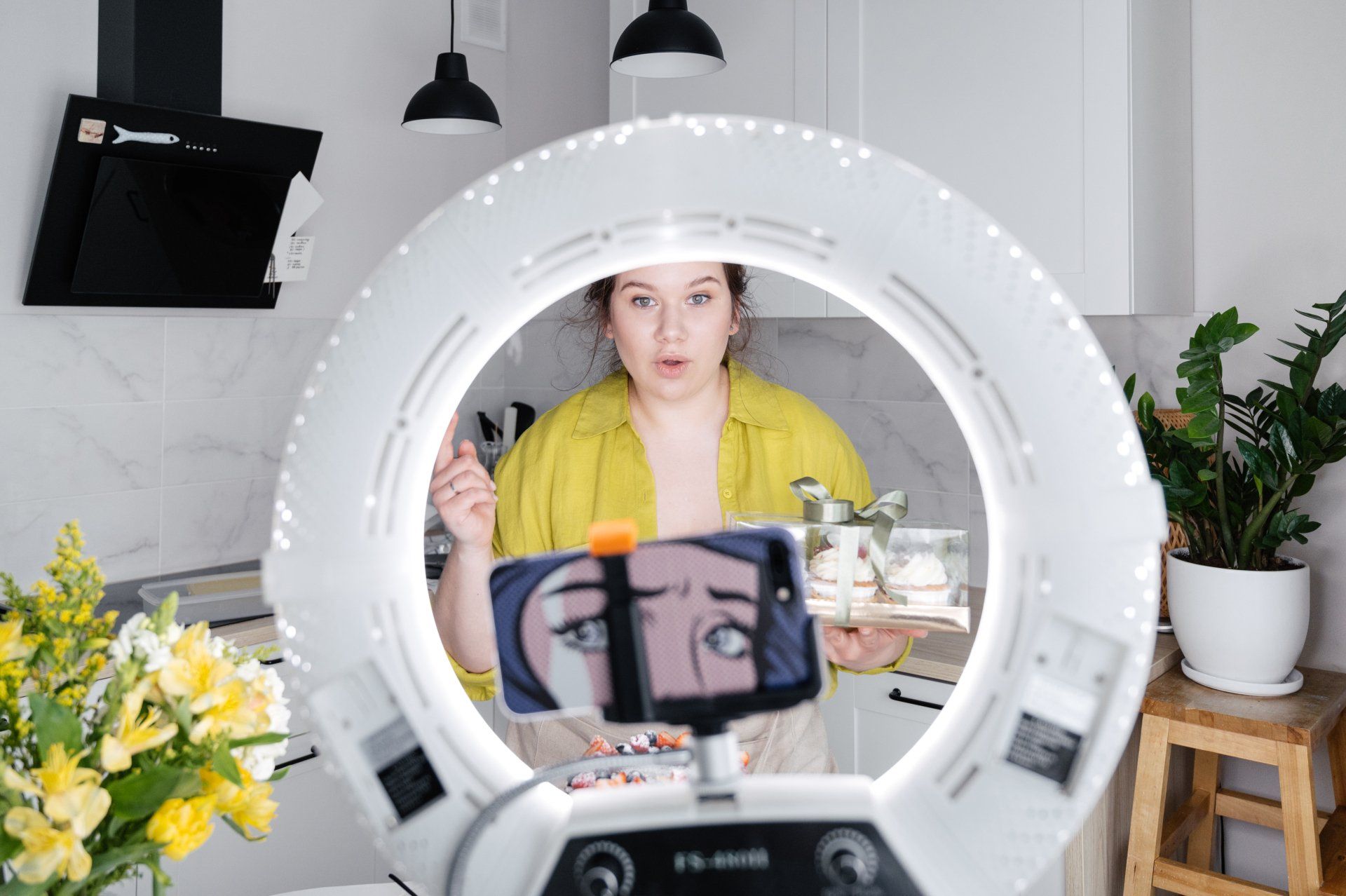
Importance of Clear Audio in Video Production
Improves Audience Experience: With clear audio, viewers’ journey through a video production becomes smooth as they comprehend its content without distraction.
Conveys Emotions
Good video quality can effectively communicate emotions, just as music sets the mood in movies. The audience gets these feelings through clear audio regardless of excitement, sadness, suspense, etcetera.
Keeps Viewers Focused
When the audio is clear, people remain attentive while watching videos; thus, they are not distracted by muffled sounds and background noises.
Professionalism
Clear audio for your videos makes them appear professional, with a sense of you caring about the quality of your content and wanting to give your audience the best experience.
Tips on How to Reduce Background Noise and Capture High-Quality Sound
Quiet Locations
Recording in quiet places such as a closed room or a calm park ensures minimum background noise, and your audio is clear and not disturbed.
Avoid Windy Areas
Record as much as possible in areas shielded from wind since it can destroy the quality of your audio. Use windshields on the microphone when recording outdoors to keep off unwanted sounds.
Use Headphones
This will help you monitor what exactly is being captured by the microphone while recording. It would also ensure good sound quality and detect any problems ahead of time.
Microphone Placement
Place the microphone near the sound source to achieve clarity and reduce background noise. Different positions may be tried until one with high-quality sound capture is found.
Soundproofing
When recording indoors, use materials such as blankets or foam panels that absorb sound so that all echoes and external noise are eliminated, leaving behind clean audio recordings.
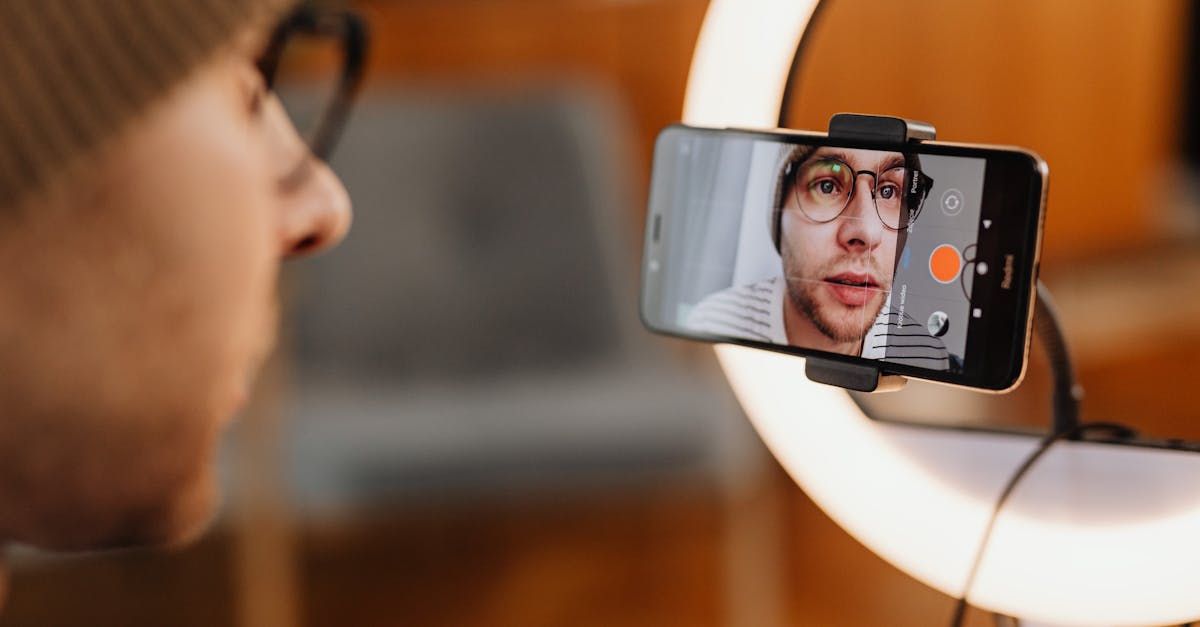
Using External Microphones for Better Quality
- Lavalier Microphones: These clip-on microphones provide accurate sound at close range.
- Shotgun Microphones: Directional microphones focus on specific sounds, reducing ambient noise.
- Wireless Microphones: Offer movement flexibility yet ensure high-quality capture of sounds made.
Handling External Microphone Connection
Check Compatibility: Ensure that the smartphone model you have supports the microphone before proceeding with purchase.
Use Adapters if Needed: Others may call for additional adapters so that they can be connected to smartphones.
Positioning: The optimum distance between the microphone and sound source should be maintained while audio clips/videos are captured using a smartphone camera/microphone.
By following these best practices and utilizing external microphones effectively, your smartphone videos will significantly improve audio quality and be more engaging and professional.
Lighting for Cell Phone Videography
Basic Concepts of Lighting
Key Light: The key light is like the lead actor in a film; it shines directly on your subject so that it can be seen well and highlighted in your video.
Fill Light: As a support figure, the fill light helps to decrease any harsh shadows cast by the key light, allowing your subject to look well-lit and natural.
Backlight: In contrast, the backlight is like an undercover agent placed behind somebody. It causes a subtle halo around them, separating them from the backdrop and producing depth within the scene.
Background Light: This luster is usually employed in filming backgrounds. It adds layers and dimension to your shot, making it more visually attractive.
Impact of Lighting on Video Quality
Mood Setting
People experience different emotions through lighting in your videos. For instance, light can be bright and make a scene happy or dim, making it sad and mysterious.
Clarity
Good video lighting ensures everything is clear and one can see everything. This will remind you when you finally see all the details after turning on the light in a dark room.
Depth
Shadows and highlights made by lighting can add depth to your video work. It provides more visual appeal for your videos with this depth.
Focus
Proper lighting helps focus attention on critical parts of the video being viewed or watched. The viewer’s eye is led to places where they should look, improving your videos' storytelling aspect.

Tips for Well-Lit Shots for Cell Phone Videography
Natural Light
Your Videos look more realistic if sunbeams shine through them. It gives a warm environment for outdoor shooting. Besides, one does not need any additional equipment.
Artificial Light
In the case of indoor shootings, additional lighting may be necessary. Ring and studio lights are everyday gadgets employed to lighten up your shots. This creates bright images with no darkness that lowers visibility, thus creating high-quality visible content.
Balancing Light
It would be best to try balancing your crucial light with the fill light, as this will enhance the overall lighting appearance from both sources, making it smooth all over your video, too. Always balance out solid shadows for a well-rounded effect throughout the film.
Using Multiple Sources
Several times, however, having many light sources can give better results. This is best achieved through a combination of sunlight during sunset and ring lights; this way, you would obtain the perfect mixture of artificial and natural light.
Strategies for Using Natural and Artificial Sources
Positioning
You put where you want the camera to achieve excellent results – experiment! Moving around justifies every decision about what works best in a particular scene.
Diffusion
You can use paper lanterns or diffusers to make harsh light soft and flat. These help spread the light equally, thus creating a smoother and softer light effect.
Techniques for Diffusing Harsh Light and Balancing Lighting
Softboxes
For your video to look more appealing, softboxes help soften and spread light. They make lighting even, which results in an excellent illumination of your entire scene.
Reflectors
By reflecting their bright spots onto certain areas, you can direct the intensity and angle at which the light shines on them for professional-looking videos. Reflectors reduce shadows, giving a more balanced lighting setup during filming.
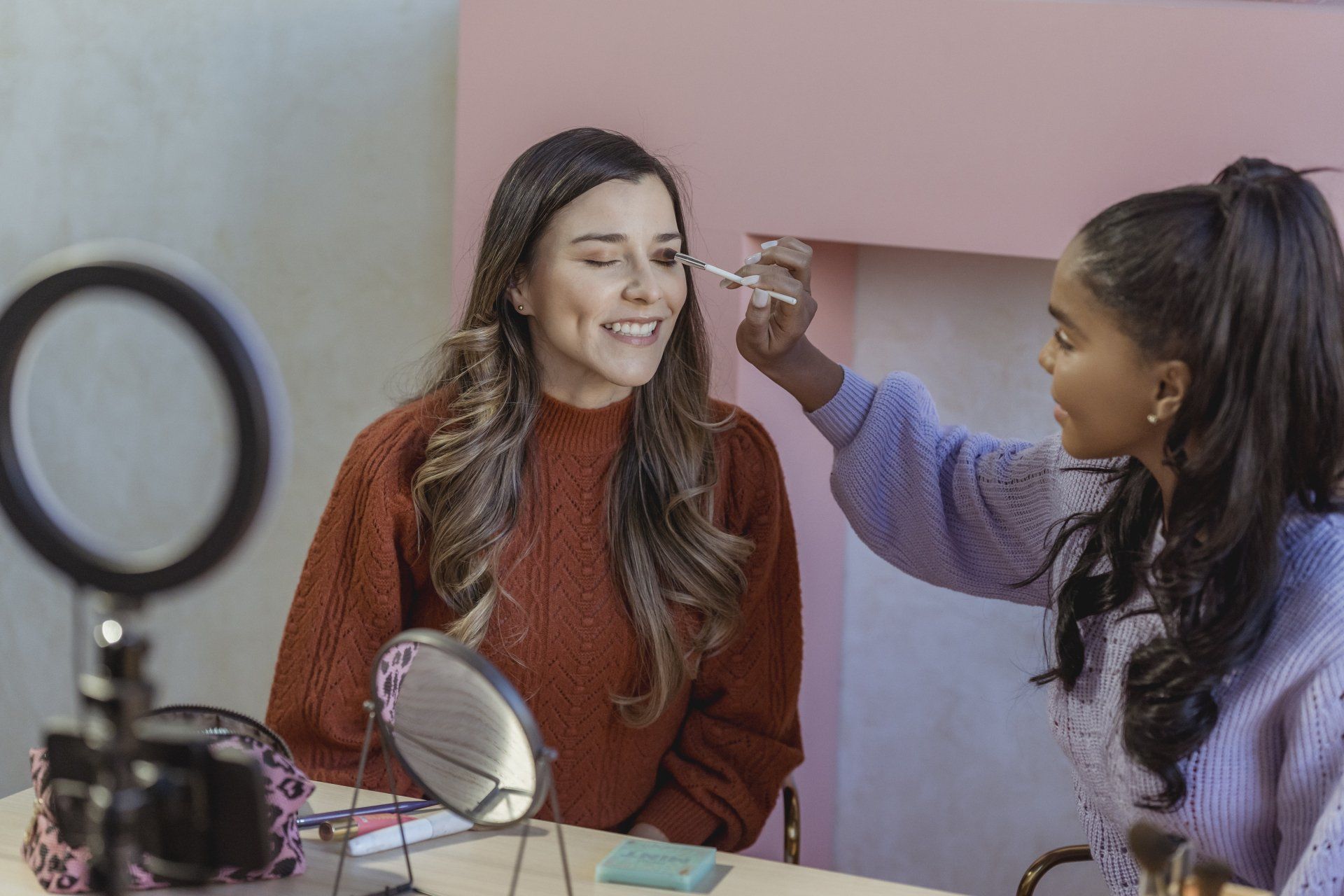
Composition for Smartphone Videography
These roads lead the viewer's eye toward the main subject or fences, directing where attention should focus within your frame. It makes your video more engaging by guiding viewers through specific pathways they need to follow and making it easier to understand them.
How Composition Enhances Cell Phone Videography
Good video composition means aligning the elements to look good and keep viewers interested. It’s like putting all the pieces in a puzzle together so they fit perfectly.
Composition helps you tell a story or express feelings through your videos. By framing shots with care, emotions and information can be communicated wordlessly.
When the subject is positioned centrally within the frame, it creates a balanced and symmetrical appearance. This style works best for particular videos that concentrate on one point.
Using the rule of thirds to place your subject off-center increases interest and movement in your video. It results in a more dynamic composition, which looks better visually by drawing the viewer’s eye in various directions.
Practical Examples of Composition Rules
Symmetry: Levelling out objects on either side of the frame creates equilibrium.
Leading Lines: The naturally occurring or artificial lines guide the audience’s focus on the subject matter.
Exercises to Improve Composition Skills
Practice Framing Shots: film different subjects while experimenting with new compositions.
Study Others' Work: Study films or videos and see how composition adds depth to storytelling.
Finally, using these composition techniques and practicing them continually will raise the bar for quality in your smartphone videos, making them visually appealing.
Editing for Mobile Videography
Popular Apps for Editing Videos on Smartphones
- Adobe Premiere Rush: Comes with powerful editing tools.
- iMovie: This free Apple app is meant for iPhone filmmaking or users who shoot their footage/videos/clips/movies on iPhone/iPad/iPod touch devices/cameras (iOS).
- KineMaster: Allows precise editing and customization.
Features Offered by These Apps
Trimming
Imagine trimming this movie as if you were cutting off unnecessary parts from it. It does away with slow sections that detract from the pace.
Color Correction
For instance, your video may be corrected to look better than it is now. Increasing its brightness level, changing the contrast, or altering saturation will facilitate a more appealing appearance for your video.
Effects
They function as filters, which make videos different from one another in terms of beauty and other aspects. For example, you can apply filters to alter the mood, overlays to add extra elements, or any other cool special effects that will make your work outstanding.
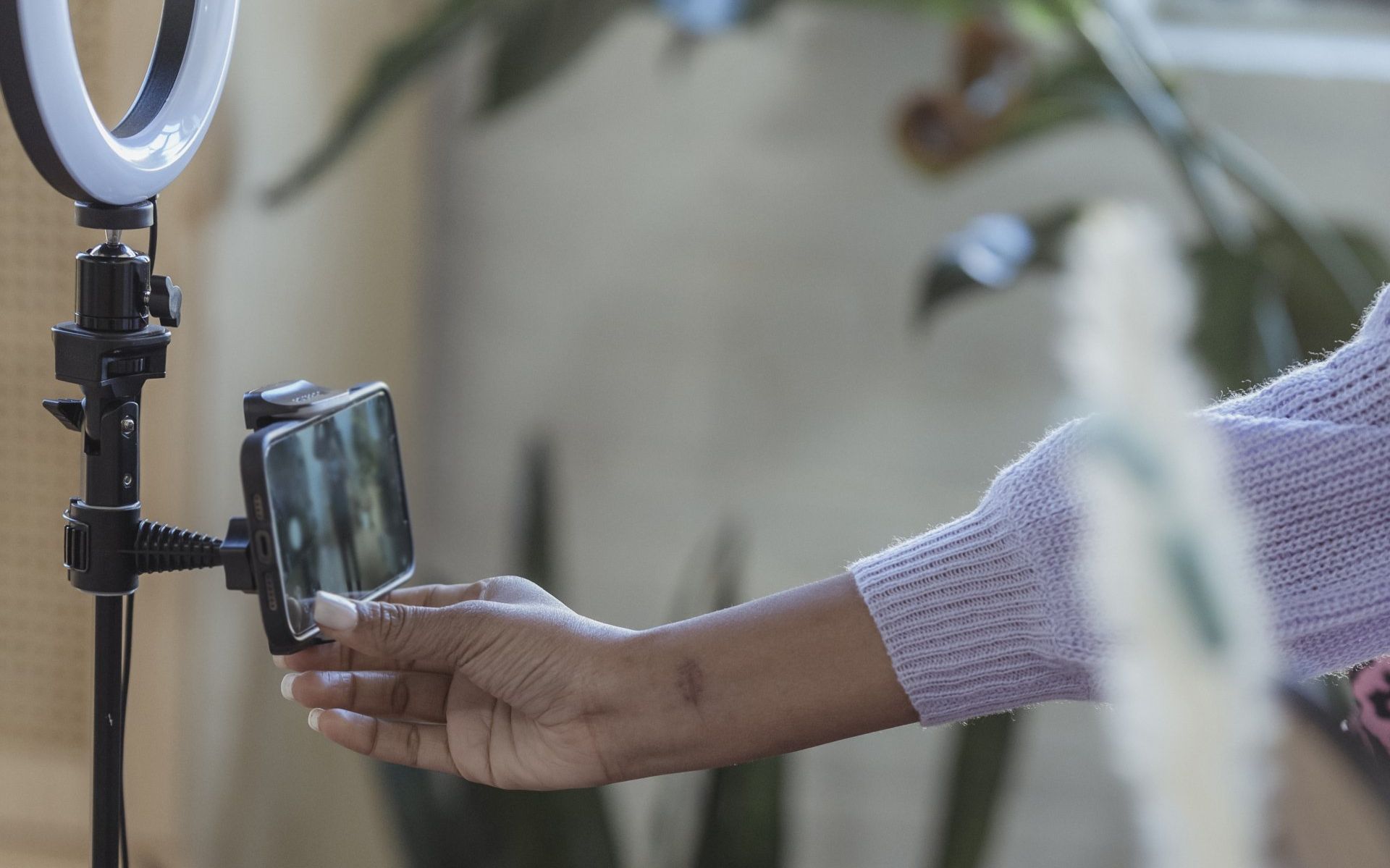
Step-by-Step Guides on Basic Editing Tasks for Cell Phone Videography
Trimming Clips
This entails getting rid of unwanted parts of your videos. It helps to shorten your video by removing anything irrelevant.
Adjusting Colors
These include contrast, brightness, and color saturation adjustments to make the footage look better. This improves its overall quality.
Adding Transitions
To realize seamless transitions between scenes in your video clip, use transitions. They improve the flow of different sections in your video and lend it a professional touch.
Special Effects
Special effects refer to animations, text overlays, music insertions, and creative opportunities to help you create a unique, dynamic, and attractive visual picture in your movie/clip/film/video/ on YouTube platforms.
Advanced Editing Techniques
- Addition of Transitions while switching smoothly between scenes.
- Special Effects: Animations, Text, Music, etc.
- Viral Videos: A showcase of popular smartphone videos.
- Award-Winning Projects: Motivational examples of high-end smartphone videography.
- Online Communities: Forums/Groups/Social Media pages where knowledge is shared.
- Forum Courses: Lessons on smartphone videography available online.
- Influential Smartphone Videographers: Follow creators who inspire you.
To take your smartphone videos to the next level and make them exceptional, you only need to learn these editing techniques and look for online resources.
Final Words on Cell Phone videography:
The way we capture and share memories has changed forever due to cell phone videography. You do not have to be a filmmaker or storyteller to become one, however. You can transform your videos into professional ones by being an expert in lighting, composition, editing, and audio recording basics.
Remember that cell phone videography is boundless where creativity is concerned; thus, explore, go out there, and produce enthralling videos that will resonate with your audience.
The power of technology is at your disposal; use it wisely to unleash the storytelling capacity through the eye of a mobile phone camera. If you need help or tips on how to create high-quality videos, contact us. Let us know what you want us to help you with any video creation.

Get total clarity on your video marketing and paid media with our FREE comprehensive data audit.

